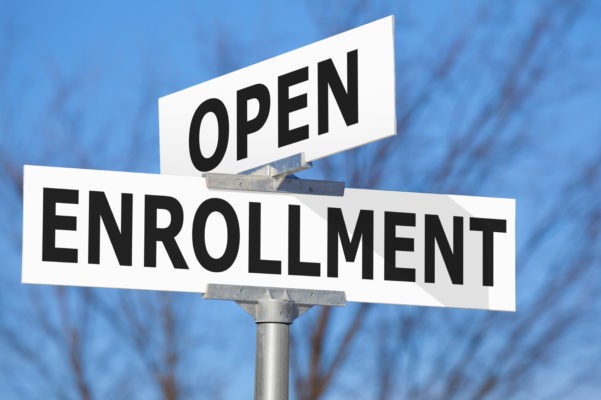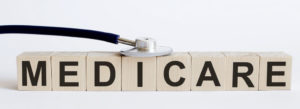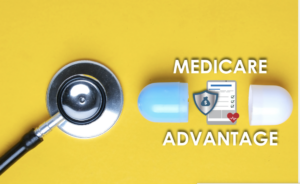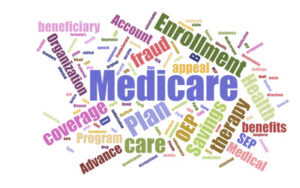What You Need To Know About Medicare Open Enrollment Period 2017

What is the Medicare open enrollment period?
The Medicare open enrollment period is the time during which people with Medicare can make new choices and pick plans that work best for them. Each year, Medicare plans typically change what they cost and cover. In addition, your health-care needs may have changed over the past year. The open enrollment period is your opportunity to switch Medicare health and prescription drug plans to better suit your needs.
What can you do during Medicare open enrollment period?
During the open enrollment period, you can:
- Join a Medicare Prescription Drug (Part D) Plan
- Switch from one Part D plan to another Part D plan
- Drop your Part D coverage altogether
- Switch from Original Medicare to a Medicare Advantage Plan
- Switch from a Medicare Advantage Plan to Original Medicare
- Change from one Medicare Advantage Plan to a different Medicare Advantage Plan
- Change from a Medicare Advantage Plan that offers prescription drug coverage to a Medicare Advantage Plan that doesn’t offer prescription drug coverage
- Switch from a Medicare Advantage Plan that doesn’t offer prescription drug coverage to a Medicare Advantage Plan that does offer prescription drug coverage
What should you do?
Now is a good time to review your current Medicare plan. As part of the evaluation, you may want to consider several factors. For instance, are you satisfied with the coverage and level of care you’re receiving with your current plan? Are your premium costs or out-of-pocket expenses too high? Has your health changed, or do you anticipate needing medical care or treatment?
Open enrollment period is the time to determine whether your current plan will cover your treatment and what your potential out-of-pocket costs may be. If your current plan doesn’t meet your health-care needs or fit within your budget, you can switch to a plan that may work better for you.
What’s new in 2017?
The initial deductible for Part D prescription drug plans increases by $40 to $400 in 2017. Also, most Part D plans have a temporary limit on what a particular plan will cover for prescription drugs. In 2017, this gap in coverage (also called the “donut hole”) begins after you and your drug plan have spent $3,700 on covered drugs — a $390 increase over the 2016 initial coverage limit of $3,310. It ends after you have spent $4,950 out-of-pocket, after which catastrophic coverage begins. However, part of the Affordable Care Act gradually closes this gap by reducing your out-of-pocket costs for prescriptions purchased in the coverage gap. In 2017, you’ll pay 40% of the cost for brand-name drugs in the coverage gap (60% discount) and 51% (49% discount) of the cost for generic drugs in the coverage gap. Each succeeding year, out-of-pocket prescription drug costs in the coverage gap continue to decrease until 2020, when you’ll pay 25% for covered brand-name and generic drugs in the gap.
Where can you get more information?
Call 516-900-7877 and speak with a licensed agent at PlanMedicare to get all the latest news and up to date information on your Medicare plan.






